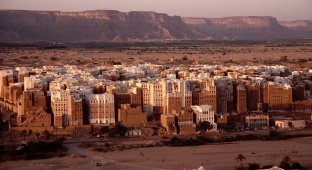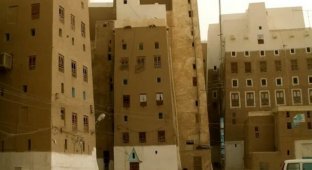Skyscrapers made of clay - a unique path of Yemen (6 photos)
How tall can a house be made from clay and only from clay? Well, 30 meters, like the first skyscrapers in Chicago, is easily possible. This was proven by the Yemeni city of Shibam, nicknamed !the city of clay skyscrapers! 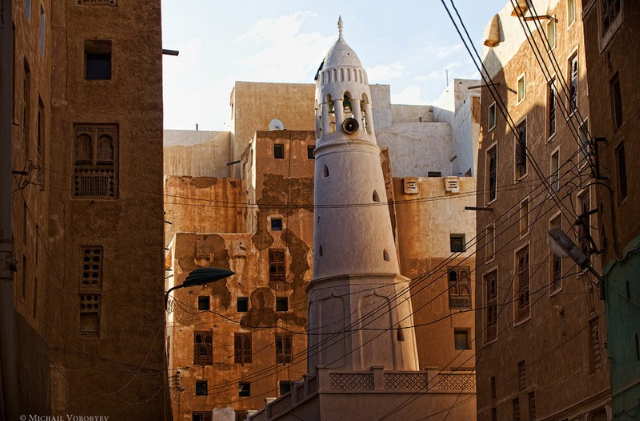
This is how houses were built back in the 17th century, and then they looked at other tall cities and realized that houses could be made tall. Very tall. This is how more than 500 skyscrapers of Shibam appeared, for which only clay deposits were spent. 
I love how the windows and doors are randomly thrown around the house here. It will grow somewhere
From a distance you won’t even understand it, the city is like a city. And only when you get closer, you realize with delight that these are modern houses built using pre-industrial technologies. The oldest house in Shibam was built in 1609, but most of the houses are centuries younger, they were built from 1880 to 1915, and are still lived in.
The lower floors are not used for living, they house animals that the city residents still have. The middle floors are residential for married couples, and the highest rooms are given to children - they are young, it is easier for them to run up and down the stairs. 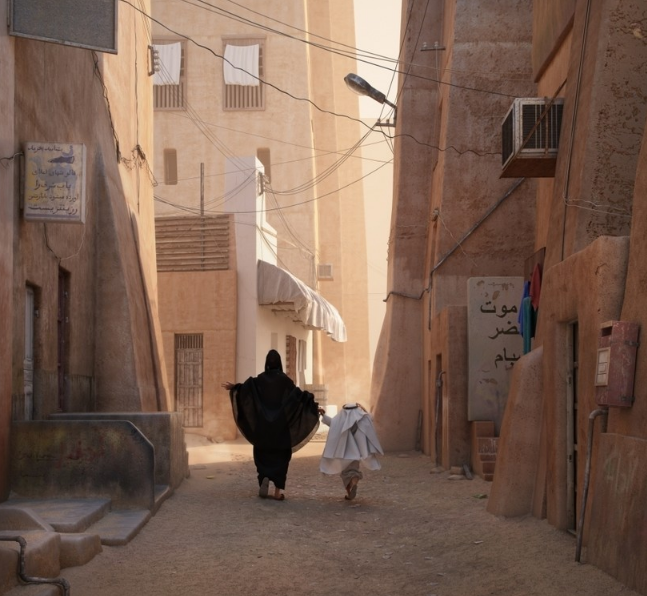
And this is definitely not a cover from a book, some kind of DUNE? No, it's Shibam
There is always a flat area on the roof itself, so you can go out for a walk in the evening without going down the streets. In the end, everyone was so tired of going up and down that they began to build bridges between the roofs of the houses. It’s better to go to your neighbor’s house to pick up salt on the roof than to go up and down twice. You can even go far from your home by “jumping” from roof to roof.
Why is it good to build houses from clay?
Not everywhere, but only in the sun-dried desert. Clay blocks were dried in the sun rather than fired like bricks, and this turned out to be the surprisingly best material to withstand desert corrosion. The technology was borrowed from Egypt, but brought to perfection in the construction of 30-meter houses. 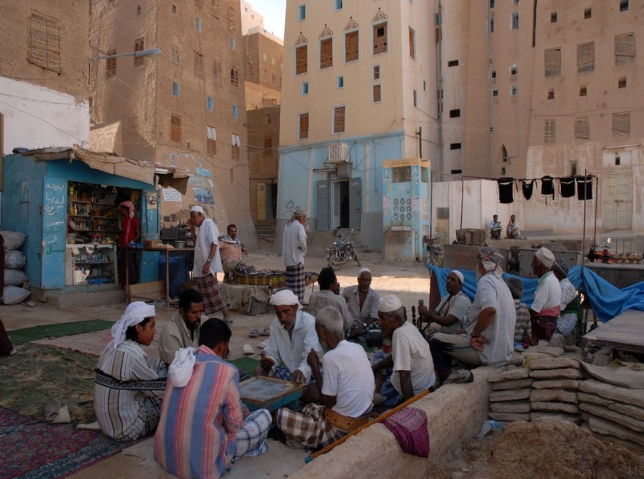
Evening relaxation in the courtyards of the clay city. It’s touching how burqas dry there on a string
The streets are deliberately so narrow between tall buildings, which creates natural ventilation that quickly moves air through the city.
Moreover, all the houses are built so as not to block the sun from each other. There are no advantageous, sunny houses here - they are all illuminated equally throughout the day.
Why is it bad to build houses from clay?
It's rare, but heavy rains still happen in the desert. If the water sits for too long, the base of the house will be softer than the upper walls, which may cause it to sag a little. 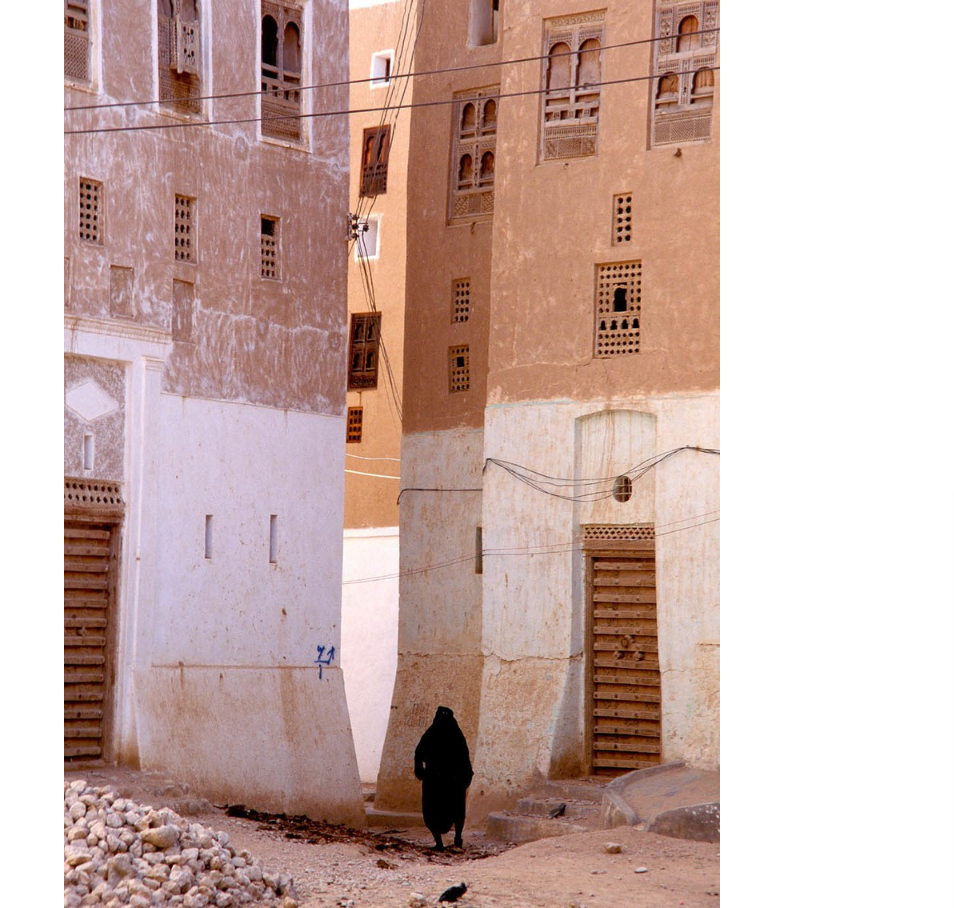
They're really, really, really tall.
This has happened before, so we had to repair the house. Fortunately, there is plenty of consumable material (clay) everywhere. Now 14 thousand people live in clay houses, and each family is very careful about the facade and evenness of the walls of their buildings.
The biggest problem with such buildings is nationalization. The country did this because the buildings and the city itself are protected by UNESCO. But in fact, with the evicted residents, such houses fall into decay and desolation, and it turns out that the occupied clay skyscrapers look “more alive” than those forcibly vacated for the sake of safety. 
The city was built very closely, because it was planned as a fortress












